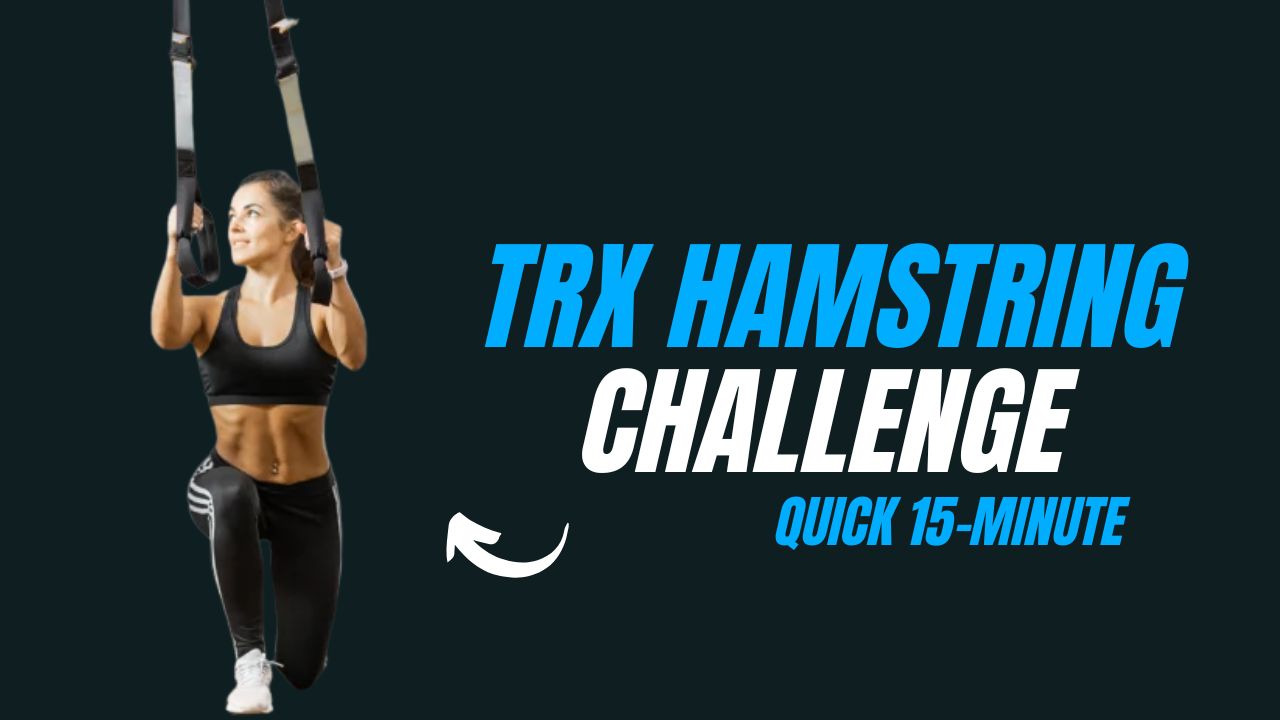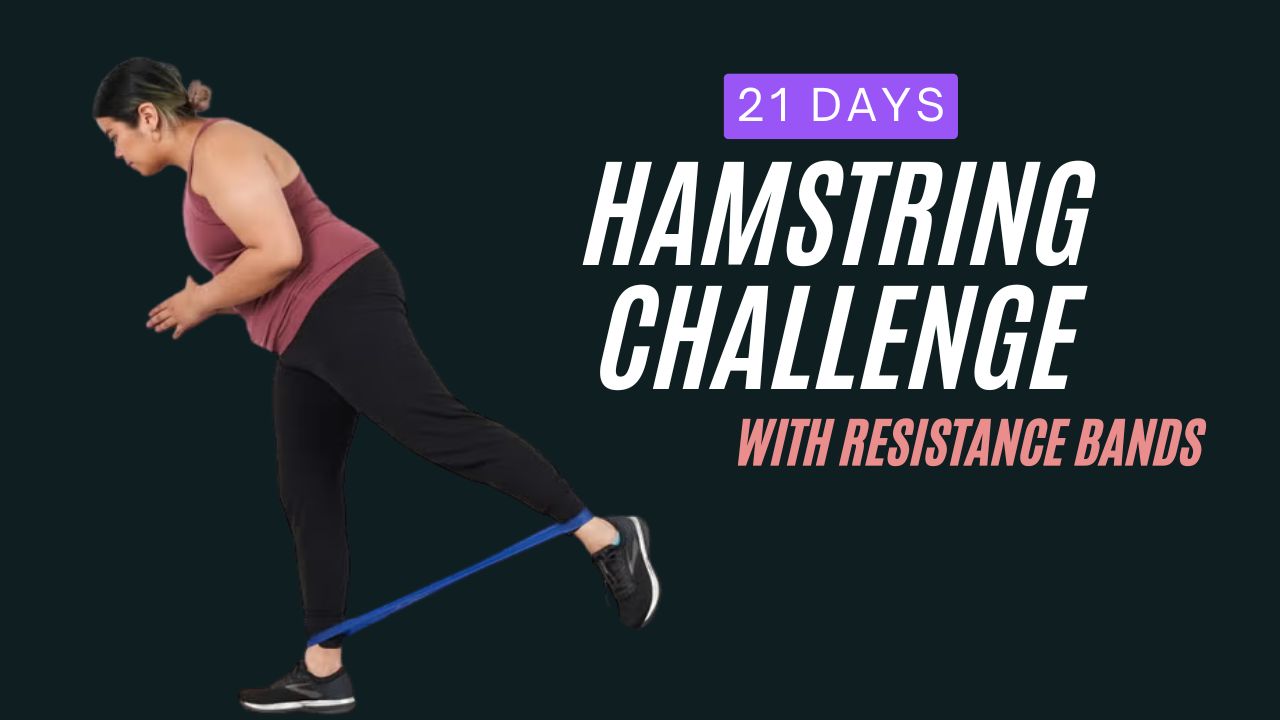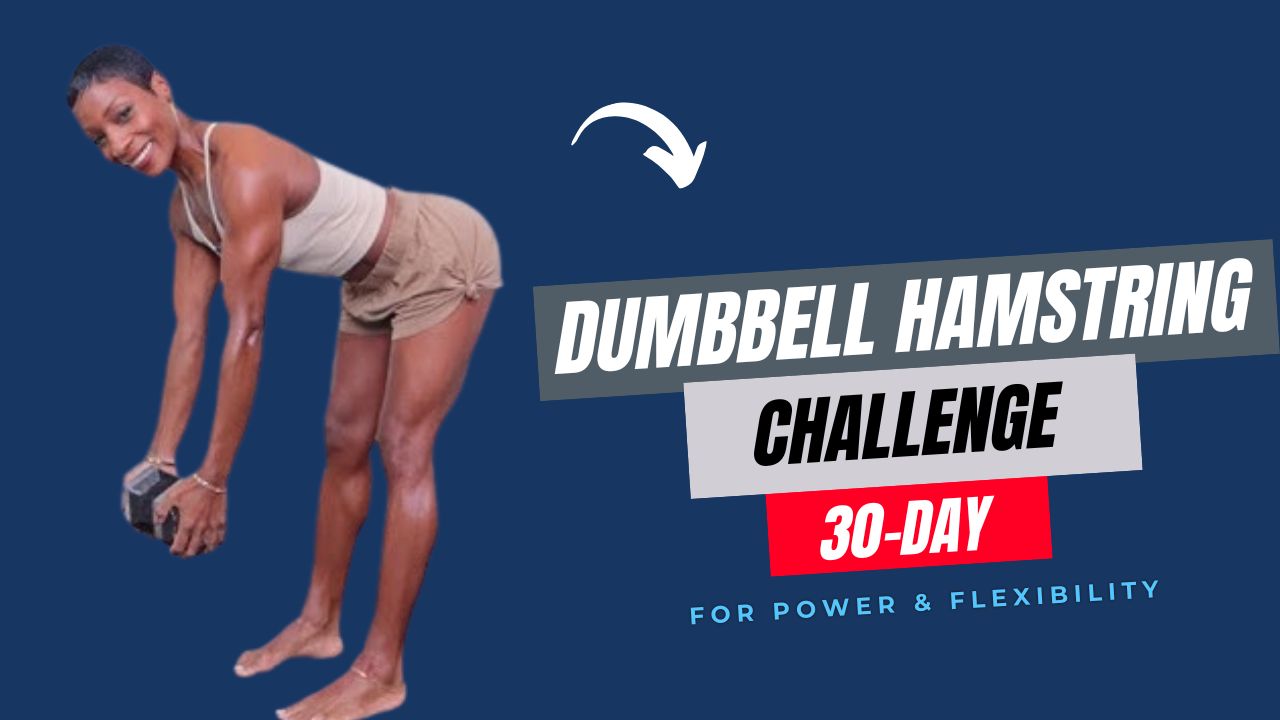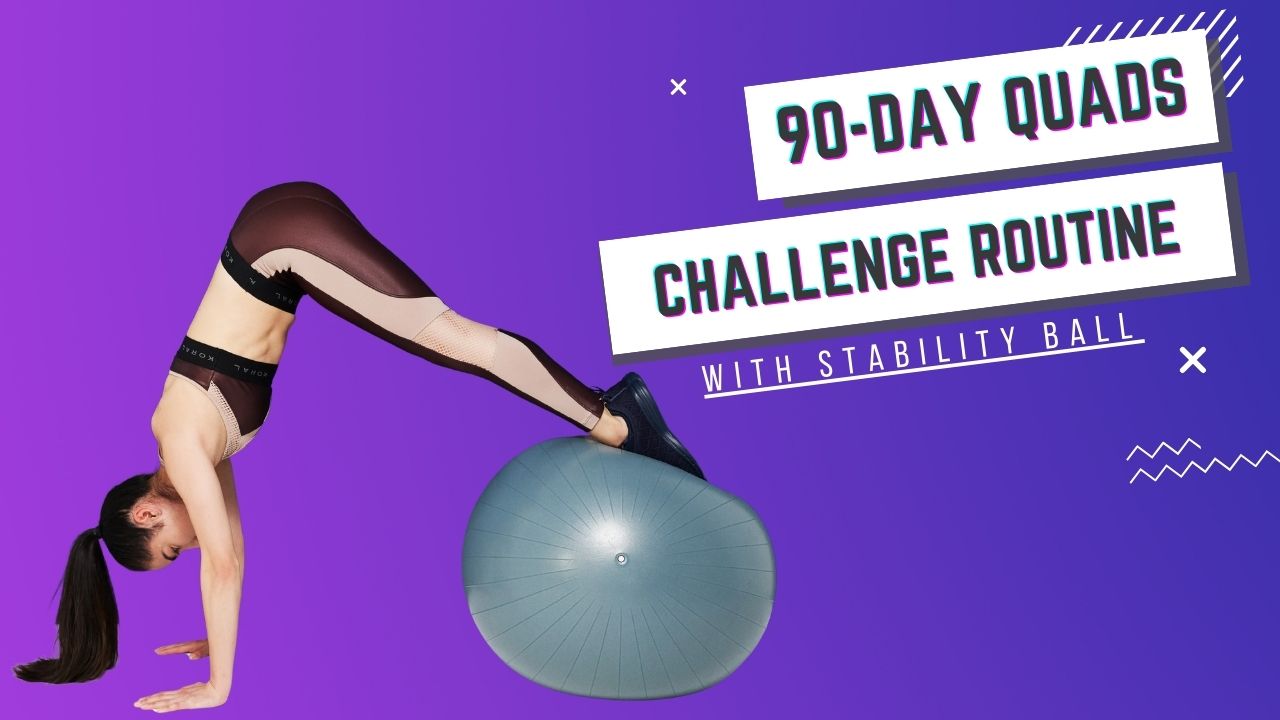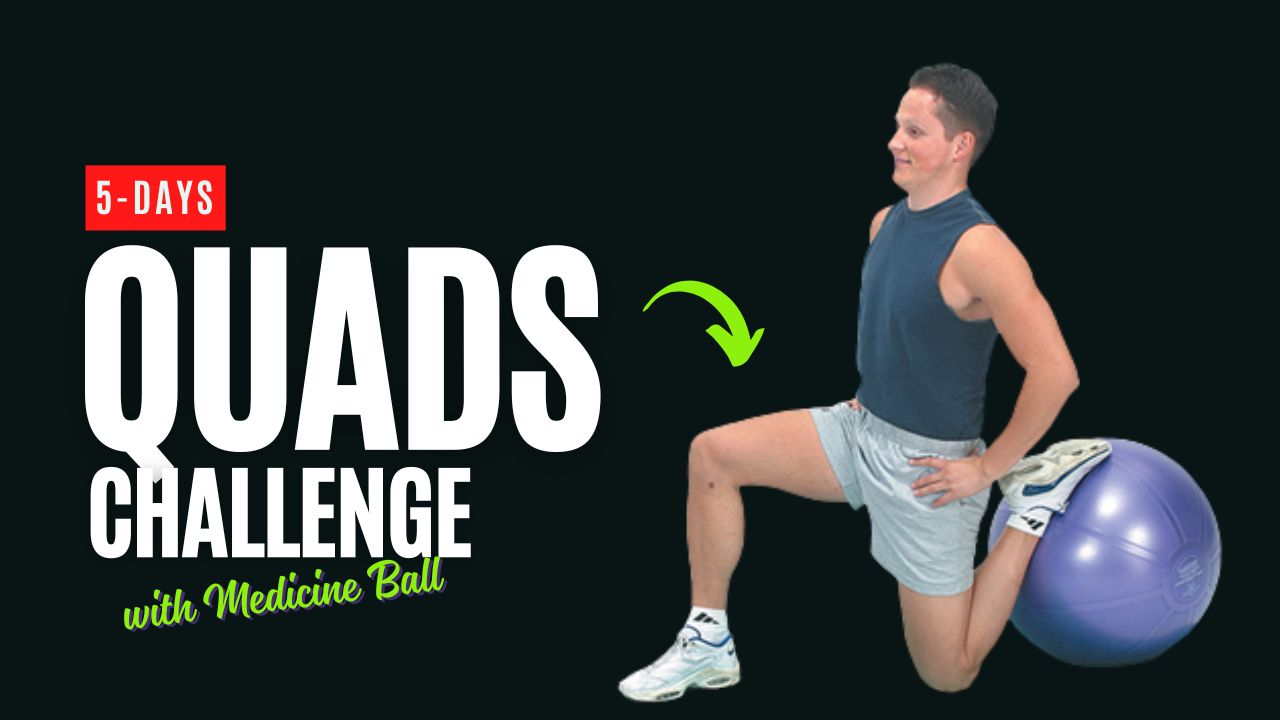Want Calves That Pop? Here’s the Secret Most Gym-Goers Overlook…
Do you train your calves but still feel they lag behind? You’re not alone—calves are one of the most stubborn muscles to grow.
But here’s the truth: most people skip one of the simplest tools for serious calf development—big resistance bands.
These oversized loop bands create unique tension patterns you can’t get with machines or dumbbells, forcing your calves to work harder through a full range of motion.
If you’re tired of tiny tweaks with minimal results, it’s time to stretch your routine—literally—and add these 3 big band drills to build stronger, more defined calves.
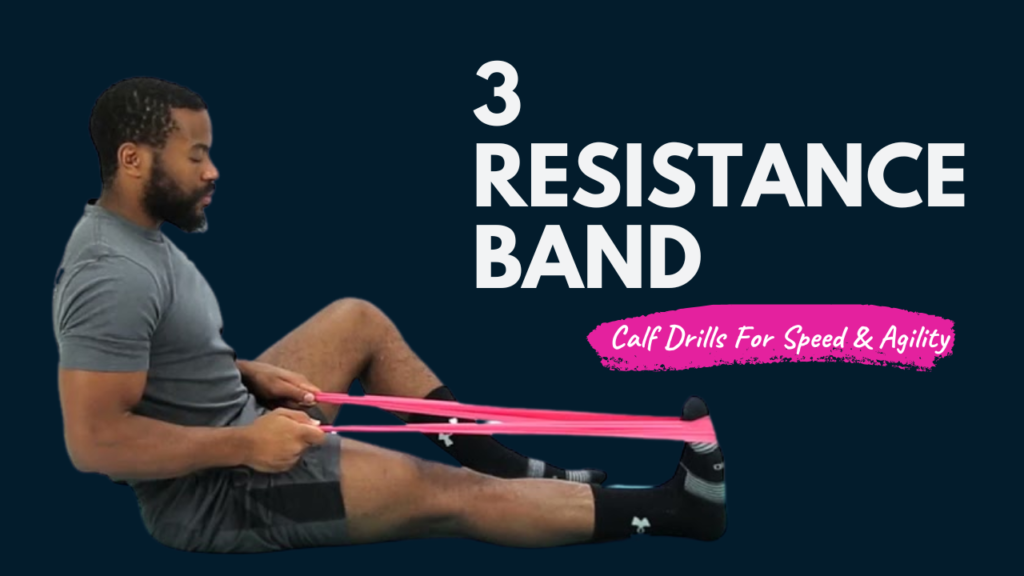
Table of Contents
What Can Happen After 30 Days of These Drills
| Positive Changes You Can Expect | Possible Issues If Done Incorrectly |
|---|---|
| Noticeable increase in calf strength and endurance | Calf strains or Achilles discomfort from improper form |
| Improved calf muscle definition and tone | Joint pain if you bounce or use jerky movements |
| Better ankle stability and balance | Muscle imbalances if you only train calves without stretching |
| Enhanced explosive power for sports like running or jumping | Frustration from lack of progress if consistency is missing |
| Greater flexibility and reduced risk of lower leg injuries | Overtraining symptoms if you don’t allow rest days |
Do & Don’t: Big Band Calf Drills
| Do | Don’t |
|---|---|
| Warm up your ankles and calves before starting | Jump straight into heavy band work without warming up |
| Keep your movements slow and controlled on each rep | Bounce or rush through the exercises |
| Use a full range of motion to maximize stretch and contraction | Limit your range by doing partial reps |
| Adjust band resistance as you get stronger for progression | Stick with the same light band forever |
| Maintain proper posture, especially in the donkey calf raises | Round your back or lean excessively during the exercises |
| Focus on feeling the calves work, not just completing reps | Let other muscles (like quads) take over the movement |
| Stretch your calves after the workout for better recovery | Skip post-workout stretching, leading to tightness |
Why Big Bands for Calves?
Did You Know? The calf muscles—gastrocnemius and soleus—respond best to exercises that emphasize both stretch under load and explosive contraction. Big bands provide constant tension and encourage controlled negatives, two factors proven to activate more muscle fibers for growth.
Resistance bands also reduce joint stress compared to heavy weights, making them excellent for longevity and avoiding shin or Achilles injuries.
Top 3 Resistance Band Calf Drills
Drill 1: Standing Big Band Calf Raise
How to:
- Anchor the big resistance band to a stable base behind you at ankle height.
- Step into the band loop with both feet so it wraps around your heels.
- Stand tall with feet shoulder-width apart; keep your core engaged.
- Rise onto your toes as high as possible, pushing against the band’s resistance.
- Hold the top position for 2 seconds, feeling a deep squeeze in your calves.
- Lower your heels slowly below parallel for a full stretch.
- Perform 3 sets of 15-20 reps.
Pro tip: Perform the negatives (lowering) twice as slowly as the lifting phase for better muscle activation.
Drill 2: Seated Resistance Band Calf Press
How to:
- Sit on the floor with your legs extended.
- Wrap the big band around the balls of your feet, holding the other ends with your hands.
- Keeping your knees slightly bent, press the balls of your feet forward, pointing your toes away from your body.
- Focus on flexing your calves hard at the end of the movement.
- Slowly return to the starting position, resisting the band’s pull.
- Perform 4 sets of 12-15 reps.
Myth Buster: Some think seated calf work only targets the soleus, but research shows with toes pointed (plantar flexion), both the gastrocnemius and soleus engage significantly—especially with band tension.
Drill 3: Single-Leg Big Band Donkey Calf Raise
How to:
- Anchor the band under a heavy object or step.
- Loop the other end over the arch of one foot.
- Lean forward, holding onto a sturdy surface (bench or railing) with your back flat and chest down like a donkey calf raise position.
- Drive your heel upward into the band’s resistance, lifting your body with the working calf.
- Lower slowly until you feel a full stretch.
- Repeat 12-15 reps per leg for 3 sets.
Bonus: Finish each set with a 10-second hold at the top of the last rep for an intense burn.
The Bottom Line
Big resistance bands aren’t just for hip thrusts or rows—they’re an untapped weapon for sculpting defined, strong calves.
These 3 calf drills offer you a way to challenge your muscles from fresh angles, improve ankle mobility, and increase explosive strength.
Remember: Consistency is key—perform these exercises 2-3 times a week and pair them with proper calf stretching to unlock your lower leg potential.
Frequently Asked Questions (FAQs)
How often should I do these resistance band calf drills?
For best results, aim for 2-3 sessions per week, allowing at least 48 hours of rest between calf workouts to promote recovery and muscle growth.
Can beginners do these big band calf exercises?
Absolutely! These drills are beginner-friendly. Just start with a lighter resistance band and focus on slow, controlled reps to master proper form.
How do resistance band calf raises compare to machine or dumbbell calf exercises?
Resistance bands provide constant tension throughout the entire range of motion, something machines and free weights don’t always achieve. Bands also allow for greater joint safety and improved control, especially during the eccentric (lowering) phase, which is key for calf hypertrophy.
Will these exercises help improve my vertical jump or sports performance?
Yes! Strong calves contribute to explosive power for jumping, sprinting, and quick direction changes. These drills train both strength and stability, which can enhance overall athletic performance.
Do I need a specific type of resistance band for these drills?
For these exercises, use a big loop resistance band—typically 40–41 inches in length and 1–2 inches wide. These bands provide enough stretch and resistance for effective calf training.
Why do my calves cramp during band exercises?
Calf cramps can happen due to dehydration, electrolyte imbalances, or overexertion. Make sure you stay hydrated, warm up properly, and avoid rushing your reps. If cramps persist, consult a medical professional.
Can I build bigger calves with bands alone?
Definitely! While genetics play a role, consistent progressive overload with bands—by increasing resistance or reps over time—can absolutely help you build stronger, more muscular calves.





